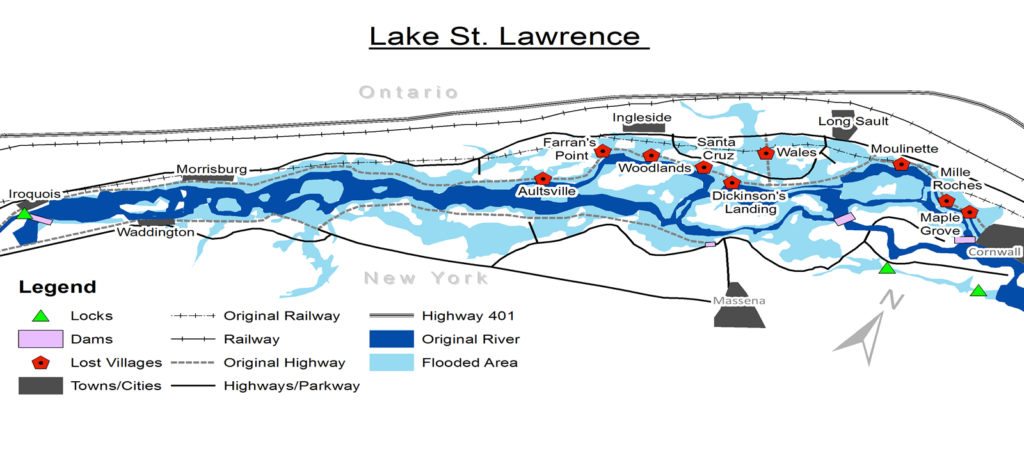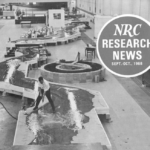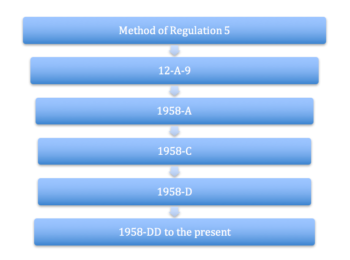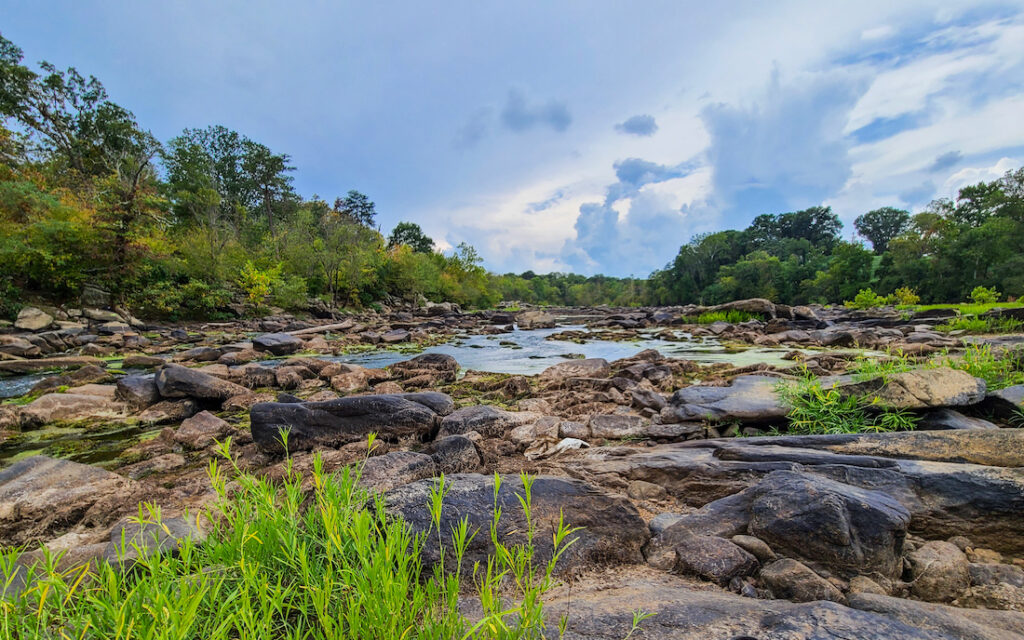History of the St. Lawrence Seaway
Dr. Daniel Macfarlane discusses the history behind the management of the St. Lawrence River and why now is the time to change that regime.

Guest post by Daniel Macfarlane is a part of our America’s Most Endangered Rivers® series spotlighting the St. Lawrence River.
The St. Lawrence Seaway and Power Project, built by Canada and the U.S. between 1954 and 1959, blended a deep-draught navigation system with a massive hydroelectric development. The dams and control works built as part of this project, explained in detail in my book Negotiating a River: Canada, the US, and the Creation of the St. Lawrence Seaway, turned a large stretch of the international river into a lake, flooding out some 40,000 acres – and the residents – on both sides of the U.S./Canada border.
We shouldn’t assume that the Seaway is a success story. It never came close to living up to predictions nor to paying for itself. Moreover, the project had many ecological ramifications, which included facilitating the passage of many invasive species.
The method of regulating Lake Ontario and the St. Lawrence River is one of the crucial ecological legacies of this megaproject. Water levels were kept within a specified and predictable range – the “method of regulation” – based on the needs of various competing uses: commercial shipping, hydropower, port users at Montreal, and property owners on Lake Ontario.

NRC Research News
However, the process of establishing the initial method of regulation during the 1950s and 1960s was plagued by engineering errors, guesses, and partisan politics. Engineers and planners, overly reliant on giant models, admitted that they weren’t really sure about what they were doing. As a result, they strove to attain levels, in their own words, “as nearly as may be.” After going through several provisional methods of regulation (see image below) during the construction of the Seaway, engineers arrived at method 1958-D, which compresses the water range to about 4 feet. Unfortunately, significant problems with natural water supply soon developed, since Great Lakes water levels naturally fluctuate. Thus the method of regulation 1958-DD, a tweak of its predecessor, was adopted.
It soon became apparent that steady water levels were detrimental to the St. Lawrence ecosystem, especially coastal wetlands, littoral zones, and fish populations. The natural variability that happens during seasonal changes to an unregulated river, even one with a steady flow like the St. Lawrence, are very beneficial for shoreline ecology and wildlife.
Many St. Lawrence communities and environmental advocacy groups strongly support the International Joint Commission’s (IJC) proposed Plan 2014. However, Seaway administrators, shipping interests, and some shoreline owners worried about erosion on their property are opposed. In fact, complaints from Lake Ontario property owners were partially responsible for the flawed system that was put in place a half century ago.

The current method of regulation is antiquated, recognized by the designation in April 2016 of the St. Lawrence as one of America’s Most Endangered Rivers®. The history of trying to regulate the St. Lawrence River shows that there is an underlying conceptual flaw in the notion that we should control the hydrological regimes on rivers and lakes. Plan 2014 is a major step in the right direction.
Dr. Daniel Macfarlane is an Assistant Professor of Environmental and Sustainability Studies at Western Michigan University.


